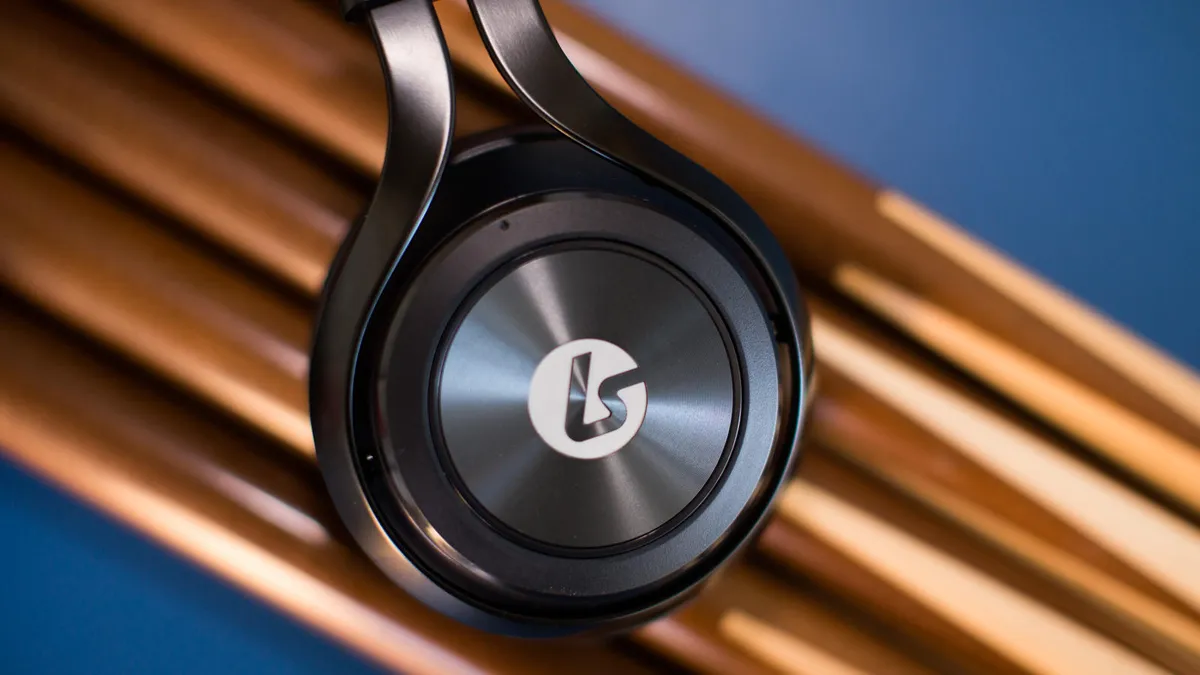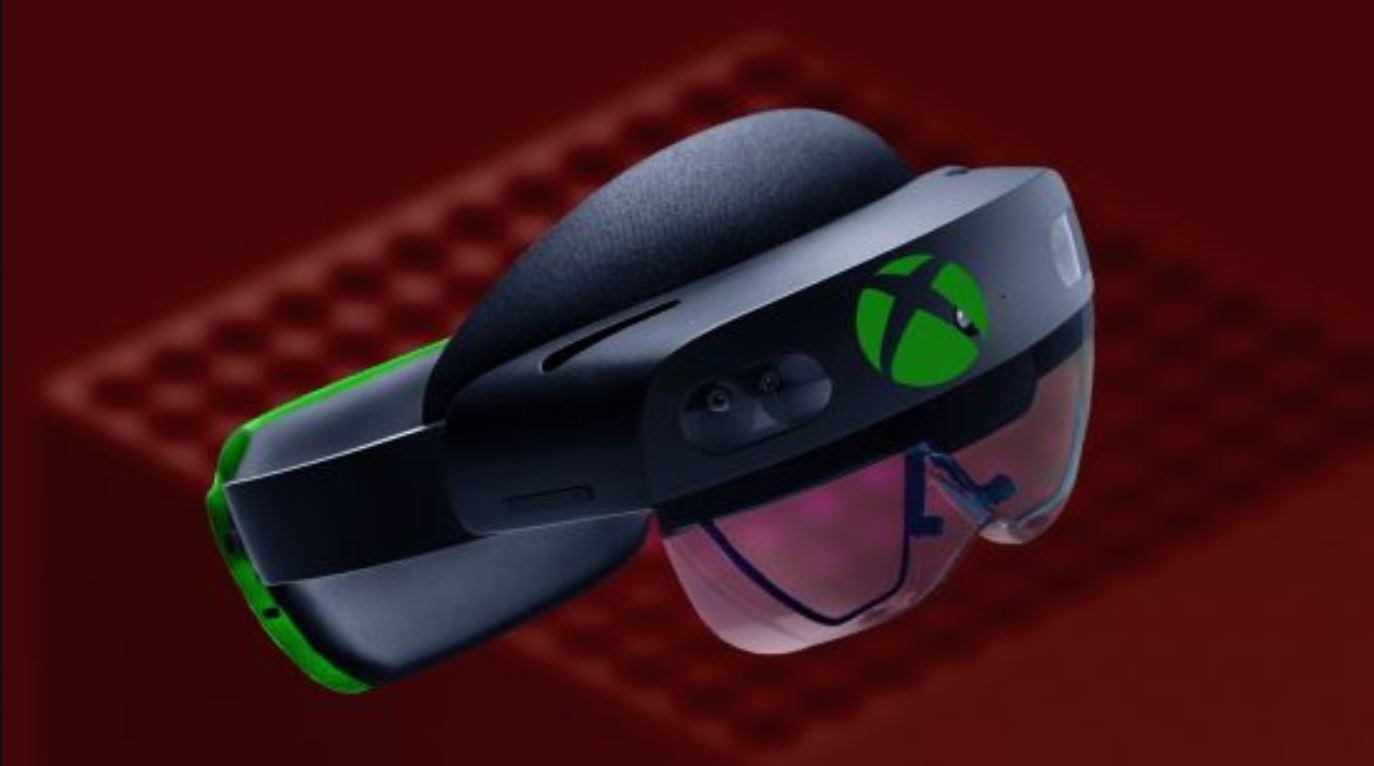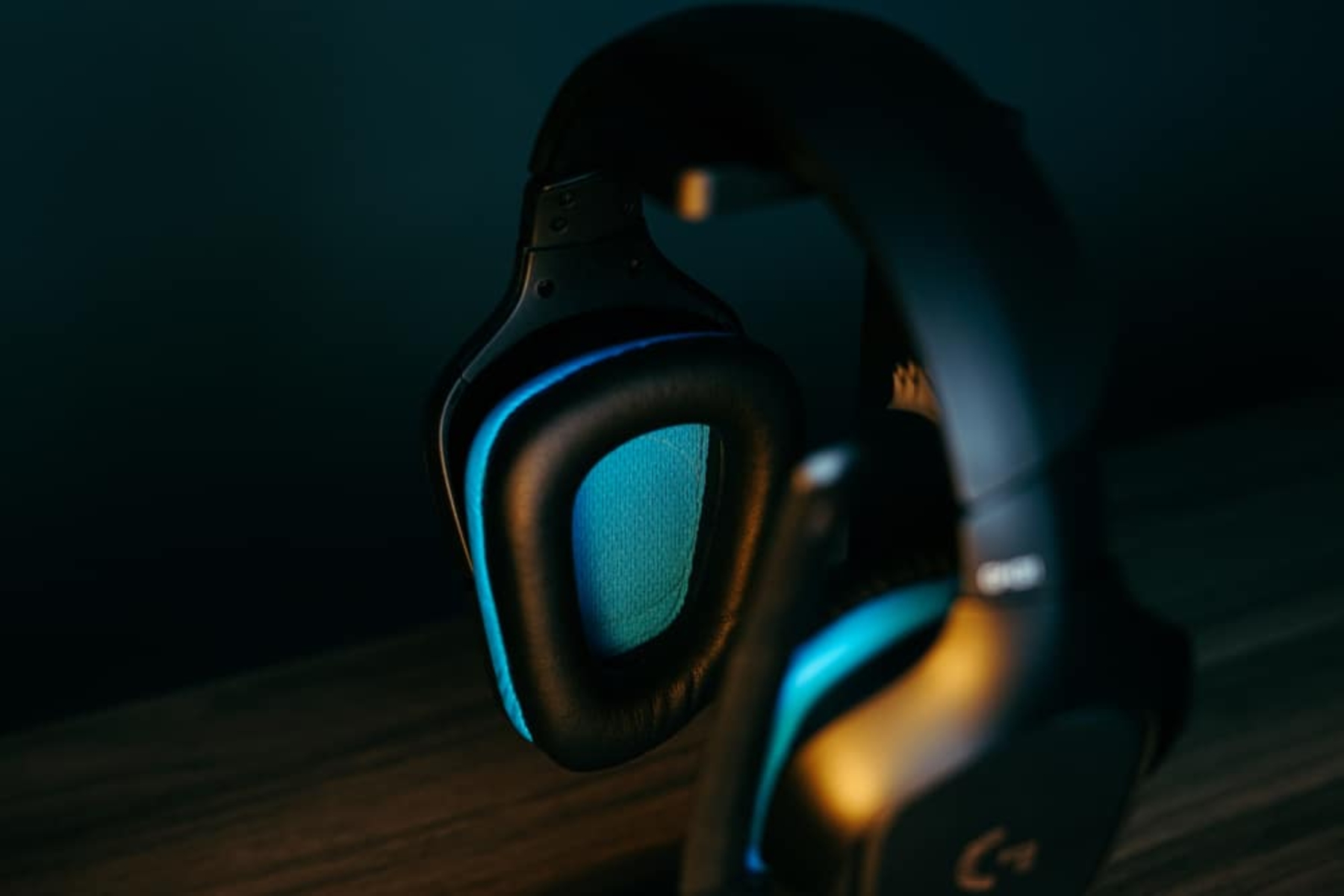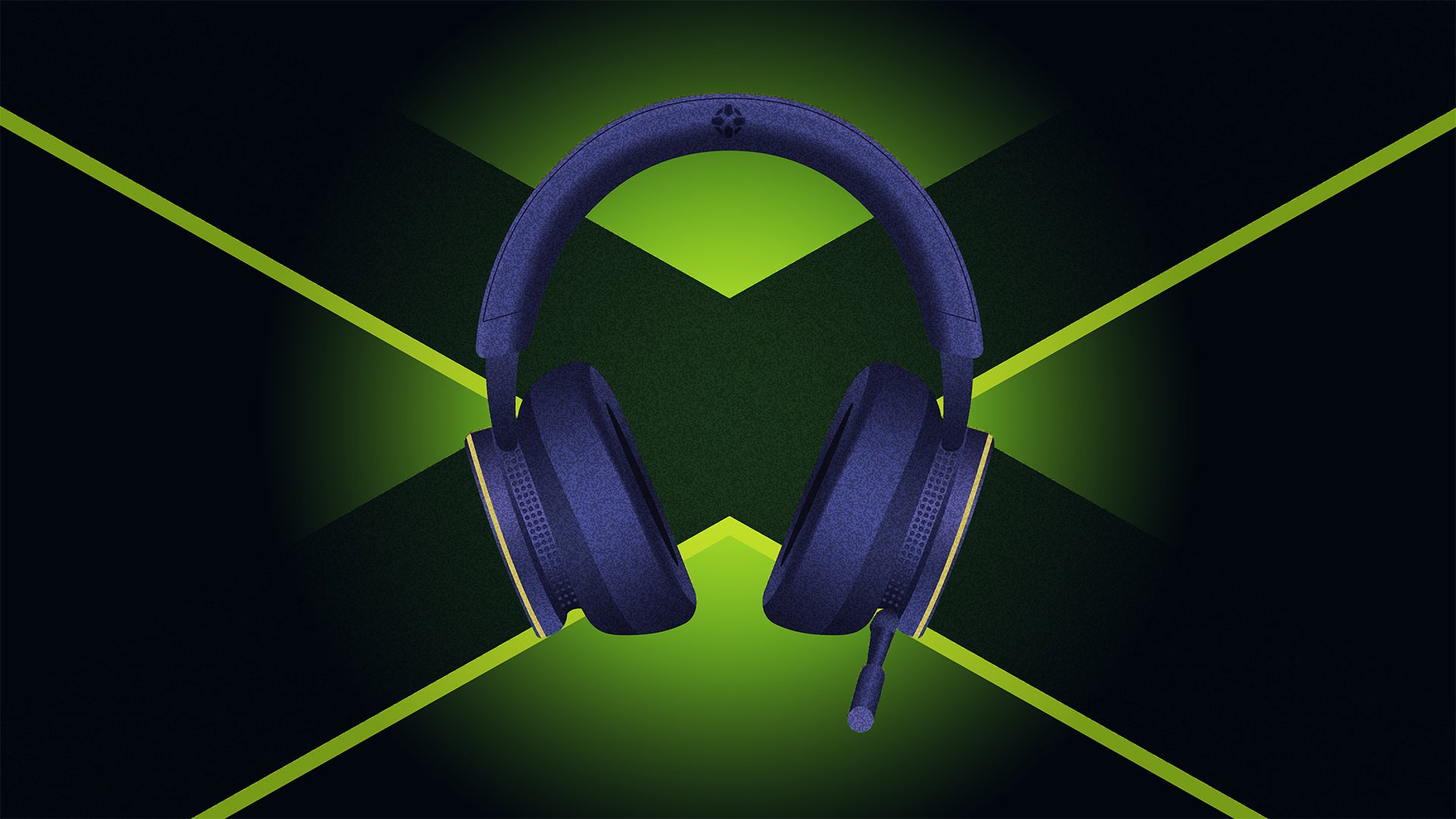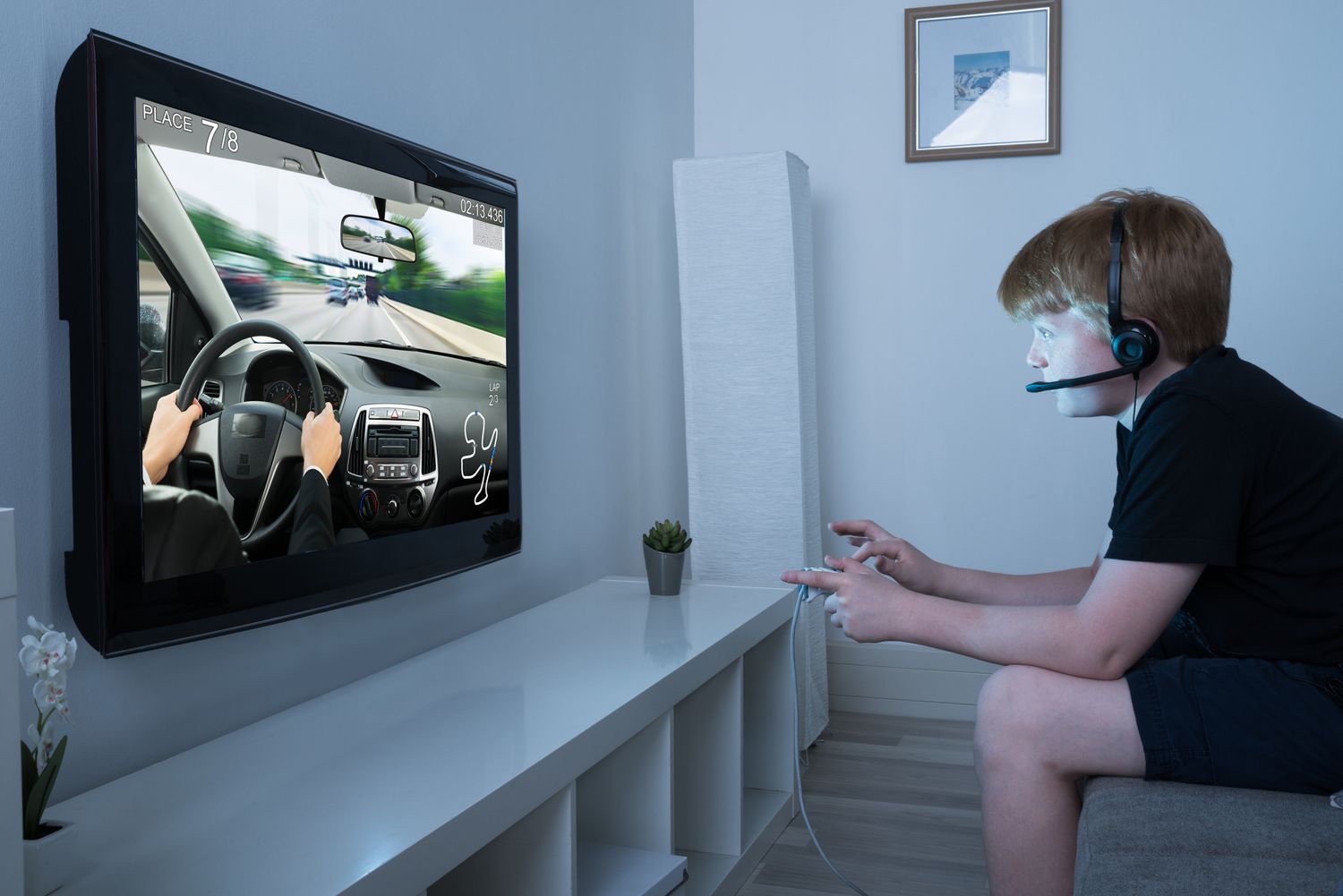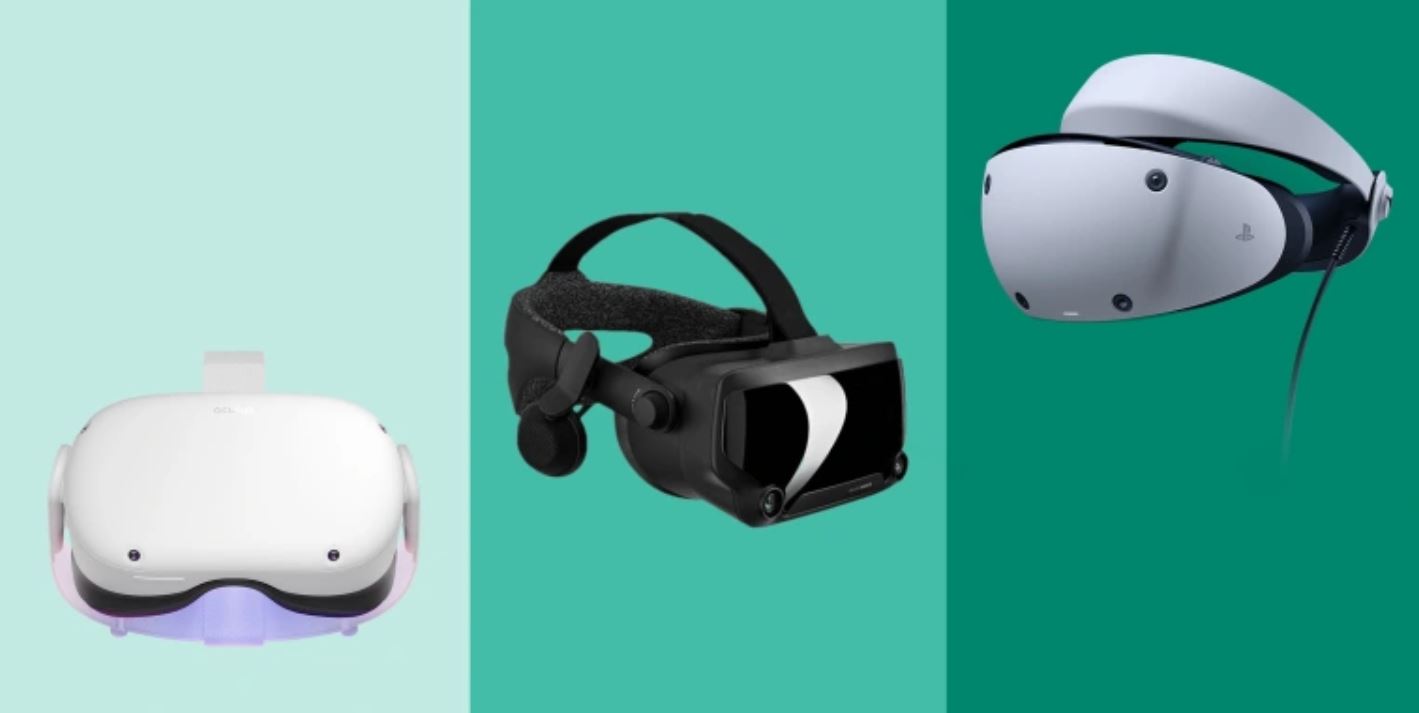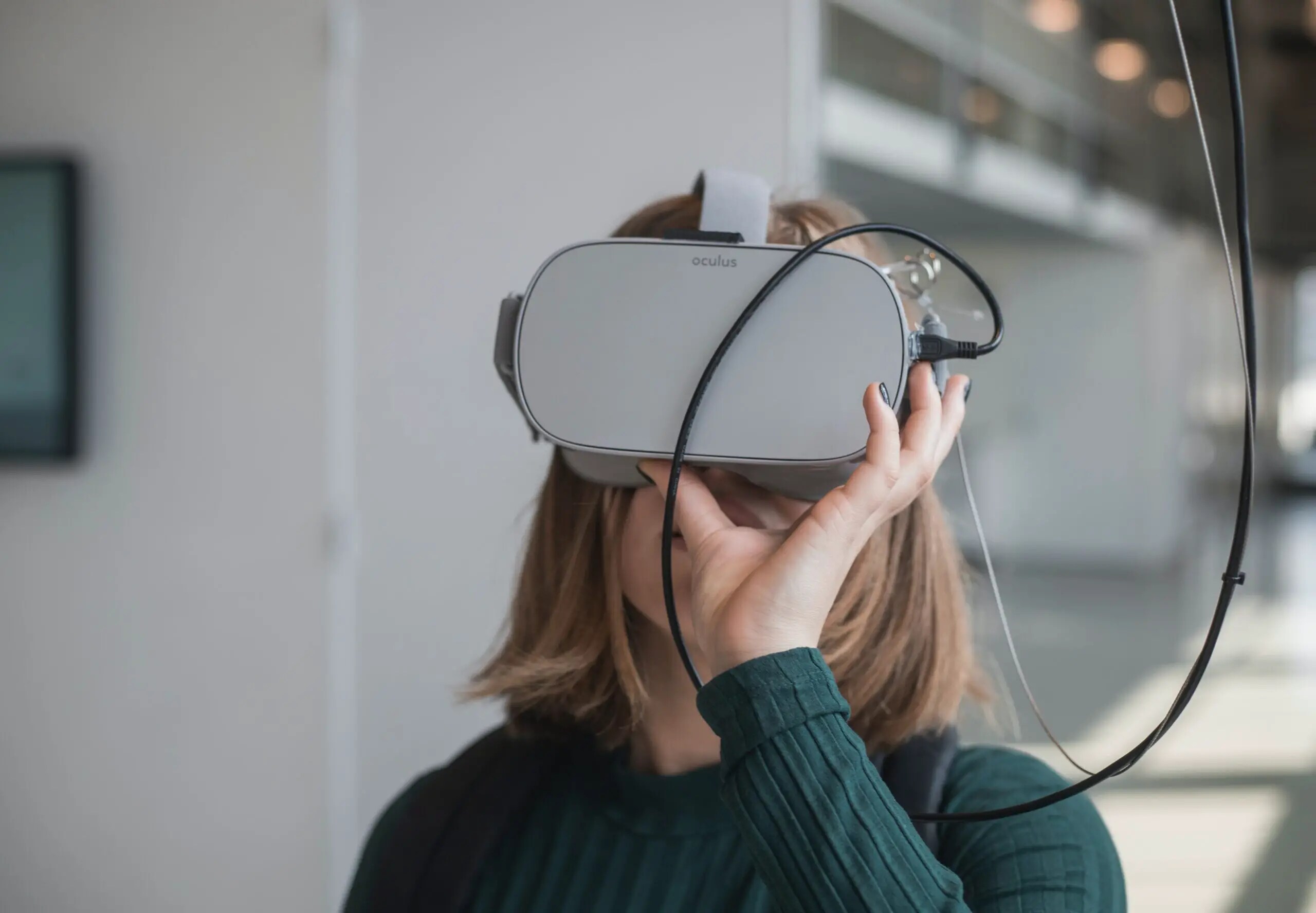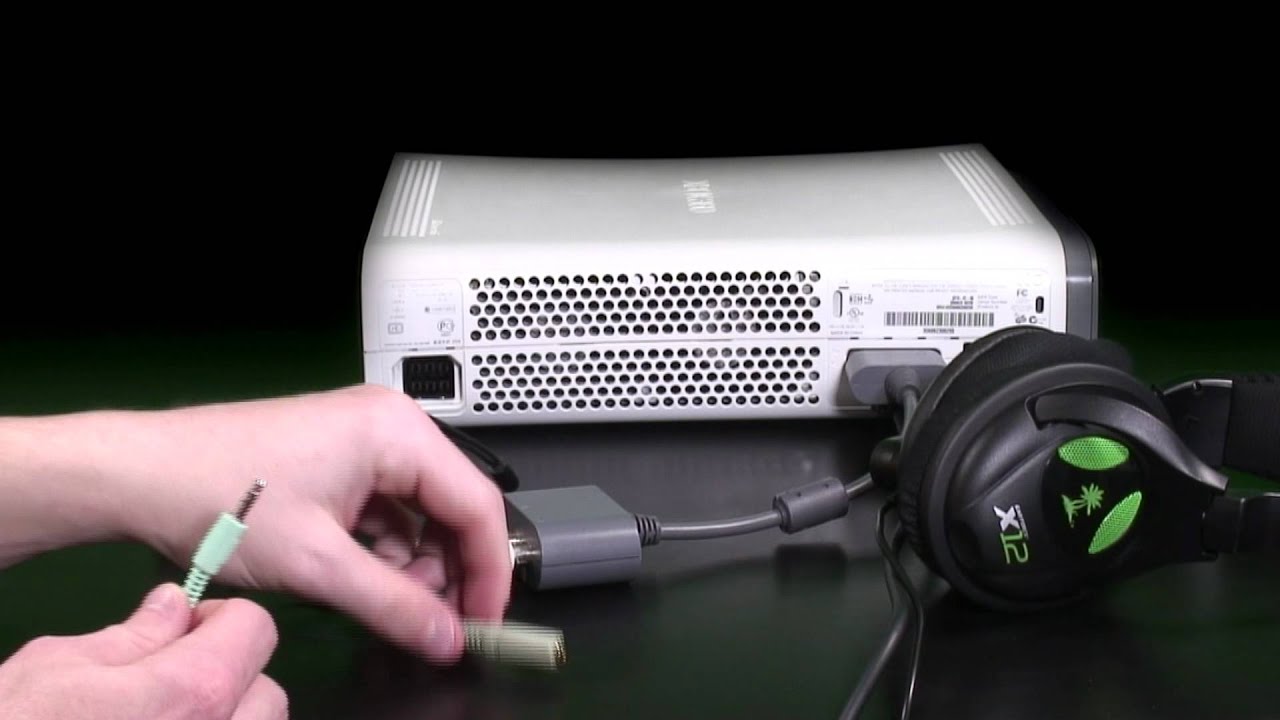Introduction
In the world of gaming, audio quality is paramount. Whether you're engrossed in a gripping single-player adventure or coordinating with teammates in a multiplayer showdown, the clarity of sound can make or break the gaming experience. However, despite the technological advancements in gaming headsets, a peculiar issue known as self-echo can disrupt the audio immersion, leaving gamers frustrated and bewildered.
Self-echo, in the context of Xbox headsets, refers to the disconcerting phenomenon where the sound from your own voice is echoed back into your headset. This creates a jarring and distracting auditory feedback loop, making communication with fellow gamers arduous and immersion in the game world challenging.
Understanding the intricacies of self-echo is crucial for gamers seeking to optimize their audio experience. By delving into the causes of this perplexing issue and exploring effective troubleshooting methods, gamers can reclaim the pristine audio quality they deserve.
As we embark on this journey to unravel the mysteries of self-echo in Xbox headsets, we will uncover the underlying factors contributing to this phenomenon. Moreover, we will equip gamers with the knowledge and strategies to mitigate self-echo, allowing them to fully immerse themselves in the captivating realms of gaming without disruptive audio anomalies.
What is self-echo in your headset?
Self-echo, also known as sidetone, is a perplexing audio phenomenon that occurs in Xbox headsets, where the sound of your own voice is echoed back into the headset. This results in a disconcerting auditory feedback loop that can significantly detract from the gaming experience. When you speak into the microphone, the audio feedback system inadvertently plays back your voice into your own ears, creating a distracting and disruptive echo effect.
The presence of self-echo can be particularly pronounced during in-game communication with fellow gamers. As you relay crucial information or engage in strategic coordination, the echoed sound of your voice can impede effective communication, hindering the seamless flow of gameplay. This phenomenon not only compromises the clarity of communication but also disrupts the immersive audio environment that is essential for an engaging gaming experience.
The manifestation of self-echo in Xbox headsets is a multifaceted issue that warrants a comprehensive understanding. By comprehending the intricacies of this audio anomaly, gamers can effectively identify and address the underlying causes, thereby restoring the pristine audio quality essential for immersive gaming experiences.
In the subsequent sections, we will delve into the various factors that contribute to self-echo in Xbox headsets, providing valuable insights into the root causes of this perplexing audio quirk. Additionally, we will explore practical troubleshooting methods to empower gamers in mitigating self-echo and reclaiming the audio clarity necessary for a truly immersive gaming environment.
Causes of self-echo in Xbox headsets
The occurrence of self-echo in Xbox headsets can stem from various underlying factors, each contributing to the perplexing audio anomaly that disrupts the gaming experience. Understanding these causes is instrumental in effectively addressing and mitigating self-echo. Let's delve into the key factors that can lead to the manifestation of this disconcerting audio quirk:
-
Microphone Sensitivity: One of the primary culprits behind self-echo in Xbox headsets is the microphone sensitivity. When the microphone sensitivity is set too high, it can inadvertently pick up the sound of your own voice and feed it back into the headset, creating an echo effect. This can be exacerbated in environments with ambient noise, leading to a feedback loop that compromises audio clarity.
-
Audio Feedback Loop: In some cases, self-echo can result from an audio feedback loop within the headset or the gaming console. When the audio output from the microphone is inadvertently routed back into the headset's audio input, it creates a loop where your voice is echoed back to you. This can be attributed to incorrect audio settings or hardware malfunctions, contributing to the persistence of self-echo.
-
Headset Design and Acoustics: The design and acoustics of the headset itself can also play a role in the occurrence of self-echo. Poorly designed headsets or inadequate acoustic insulation can lead to sound leakage, causing your voice to be inadvertently picked up by the headset's microphone and fed back into the audio output, resulting in an echo effect.
-
Audio Interference: External audio interference, such as electronic interference from nearby devices or audio cables, can introduce unwanted signals into the headset's audio path, leading to self-echo. This interference can distort the audio signals, contributing to the echo effect and compromising the overall audio quality.
-
Software and Firmware Issues: In some instances, self-echo may be attributed to software or firmware issues within the Xbox console or the headset itself. Outdated firmware, incompatible software configurations, or glitches in the audio processing algorithms can lead to unintended audio feedback, manifesting as self-echo during gaming sessions.
By comprehensively understanding these underlying causes of self-echo in Xbox headsets, gamers can proactively identify and address the contributing factors, paving the way for effective troubleshooting and resolution. With a clear grasp of these causes, gamers can embark on the journey to restore pristine audio quality and eliminate the disruptive effects of self-echo, fostering an immersive and captivating gaming environment.
How to troubleshoot self-echo in Xbox headsets
Addressing self-echo in Xbox headsets requires a systematic approach that encompasses both hardware and software considerations. By implementing targeted troubleshooting methods, gamers can effectively mitigate self-echo and restore the pristine audio quality essential for immersive gaming experiences. Here are comprehensive steps to troubleshoot self-echo in Xbox headsets:
-
Adjust Microphone Sensitivity: Begin by adjusting the microphone sensitivity settings on your Xbox console. Lowering the microphone sensitivity can help prevent the inadvertent pickup of ambient sounds, including your own voice, thereby reducing the likelihood of self-echo during gameplay.
-
Check Audio Settings: Verify the audio settings on your Xbox console and within the game itself. Ensure that the audio input and output configurations are correctly calibrated to prevent audio feedback loops. Additionally, confirm that the headset's audio settings align with the recommended configurations for optimal performance.
-
Inspect Hardware Connections: Thoroughly examine the hardware connections, including the headset's audio cables and the controller's audio jack. Loose or faulty connections can introduce audio interference, contributing to self-echo. Securely connect the headset to the controller and ensure that all cables are free from damage or wear.
-
Update Firmware and Software: Check for firmware updates for your Xbox headset and ensure that your console's software is up to date. Manufacturers often release firmware updates to address audio-related issues and enhance overall performance. Similarly, keeping your Xbox console updated can help resolve software-related glitches that may contribute to self-echo.
-
Isolate External Interference: Identify and eliminate potential sources of external audio interference. Position your Xbox console and headset away from electronic devices that emit strong electromagnetic fields, as these can disrupt the audio signals and contribute to self-echo. Additionally, ensure that audio cables are shielded from interference and are not tangled or damaged.
-
Test in Different Environments: Experiment with the headset in different environments to assess the impact of ambient noise on self-echo. By testing the headset in quiet and noisy settings, you can gauge the susceptibility of the microphone to environmental sounds and adjust settings accordingly to minimize self-echo.
-
Consider Acoustic Modifications: If self-echo persists, consider implementing acoustic modifications to the gaming environment. This may include adding sound-absorbing materials or adjusting the positioning of furniture to minimize sound reflections that could contribute to self-echo.
By methodically addressing these troubleshooting steps, gamers can effectively identify and mitigate the factors contributing to self-echo in Xbox headsets. Through a combination of hardware adjustments, software updates, and environmental considerations, gamers can restore the pristine audio clarity essential for an immersive and captivating gaming experience.
Conclusion
In the realm of gaming, the pursuit of audio excellence is a fundamental aspect of the immersive experience. The vexing presence of self-echo in Xbox headsets has posed a formidable challenge to gamers, disrupting communication and compromising the auditory environment essential for captivating gameplay. However, armed with a comprehensive understanding of the causes and effective troubleshooting methods, gamers can triumph over the enigma of self-echo and reclaim the pristine audio clarity they deserve.
By unraveling the intricacies of self-echo, gamers can navigate the labyrinth of audio anomalies with confidence and precision. The multifaceted causes of self-echo, ranging from microphone sensitivity and audio feedback loops to hardware design and software issues, have been meticulously dissected, shedding light on the underlying factors that contribute to this perplexing audio quirk.
Armed with this knowledge, gamers can embark on a proactive journey to troubleshoot and mitigate self-echo, paving the way for uninterrupted communication and unparalleled audio immersion. Through a systematic approach that encompasses adjustments to microphone sensitivity, meticulous inspection of hardware connections, and vigilance against external audio interference, gamers can effectively neutralize the disruptive effects of self-echo, fostering an environment where audio excellence reigns supreme.
As gamers navigate the digital landscapes of immersive worlds and engage in exhilarating multiplayer battles, the eradication of self-echo stands as a testament to their unwavering dedication to audio perfection. By embracing the art of troubleshooting and leveraging the power of technology, gamers can transcend the barriers imposed by self-echo, forging a path towards unbridled audio clarity and seamless communication.
In conclusion, the odyssey to understand and conquer self-echo in Xbox headsets has empowered gamers with the knowledge and strategies to navigate the intricate labyrinth of audio anomalies. With a steadfast resolve to optimize their gaming experiences, gamers can harness the transformative power of troubleshooting to vanquish self-echo, heralding a new era where pristine audio quality reigns supreme, enveloping gamers in a symphony of immersive soundscapes.







